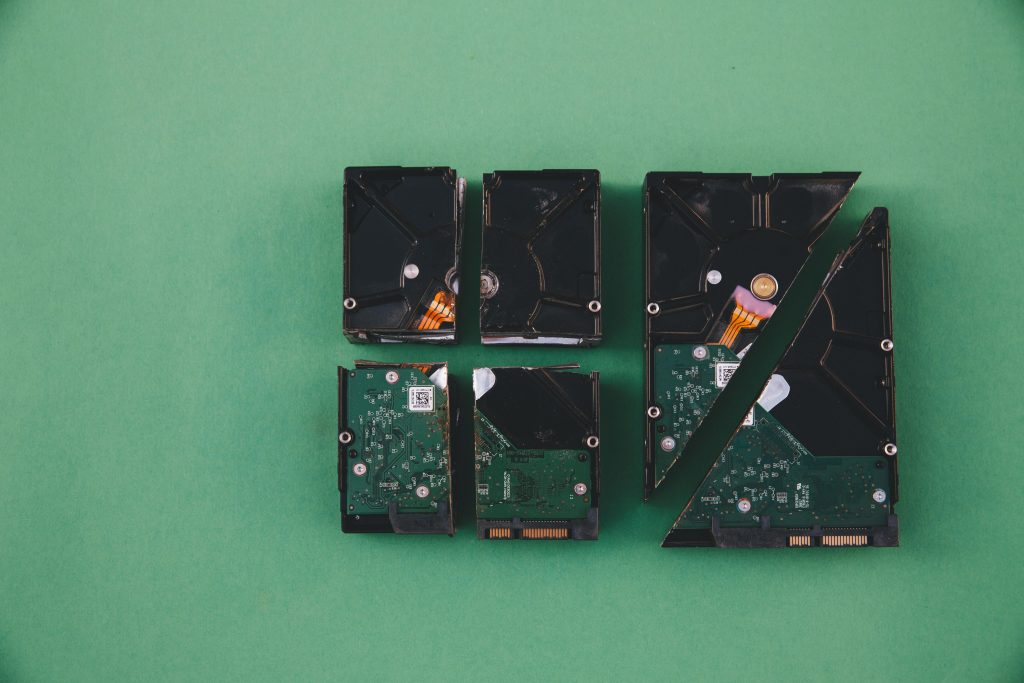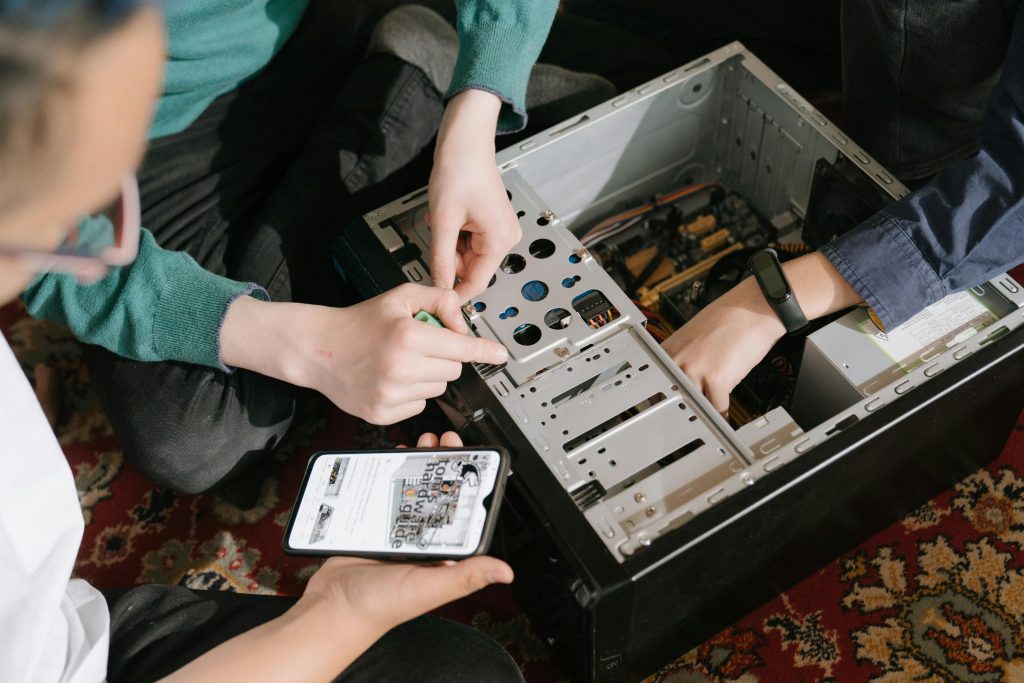Choosing the Right Desktop PC for Your Home Office: A Comprehensive Guide
In today’s digital landscape, selecting the ideal desktop computer for home office use can seem daunting, especially with a plethora of options available. Whether you’re replacing an aging system or upgrading for better performance, understanding your needs and the specifications involved is crucial. This guide aims to assist you in making an informed decision tailored to your requirements.
Assessing Your Current Setup and Needs
Your current equipment—a Dell all-in-one (AIO) purchased 12 years ago for approximately $500—served well initially but now struggles with speed and responsiveness. With only 4GB of RAM and nearly 1TB of storage, it’s evident that your system is no longer meeting your daily demands, especially as you perform tasks like Word processing, Excel spreadsheets, occasional PowerPoint and Access presentations, and frequent Zoom meetings.
Key Considerations for Your New Desktop
-
Performance Requirements
-
Processor: For smooth multitasking and efficient handling of office applications, a mid-range processor is recommended. While Intel’s Core i3 processors are suitable for basic tasks, upgrading to at least a Core i5 offers improved speed and responsiveness. If your budget allows, a Core i7 can future-proof your investment, though it’s not strictly necessary for typical home office usage.
-
Memory (RAM): Currently, many systems come with 8GB or 16GB RAM. For regular office work, 8GB generally suffices, but if you tend to run multiple applications simultaneously or plan to keep multiple browser tabs open, 16GB can provide a noticeable performance boost.
-
Storage: Storage options vary widely—from 256GB to 1TB or more. Solid State Drives (SSDs) significantly improve boot times and application load speeds compared to traditional HDDs. For most users, a 512GB SSD offers a good balance, but if you store many large files or videos, opting for 1TB might be beneficial. Interestingly, your current system uses approximately 694GB of space—so choosing storage that comfortably exceeds your current usage is prudent.
-
Form Factor and Display
-
All-in-One vs. Desktop Tower: An AIO consolidates components into a single unit, saving space and providing a clean aesthetic. Conversely, traditional towers are typically easier to upgrade. If you prefer an AIO but are concerned about compatibility, many modern models include integrated webcams, eliminating the need for external peripherals.
-
Connectivity and Peripherals
-
Built
Share this content:


